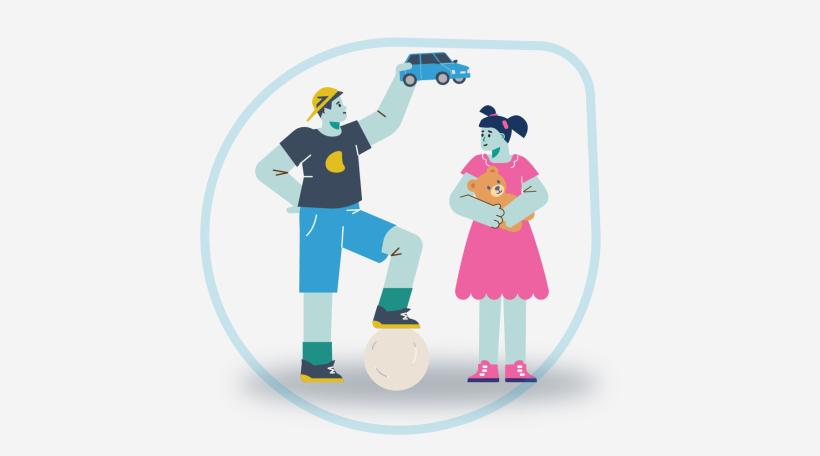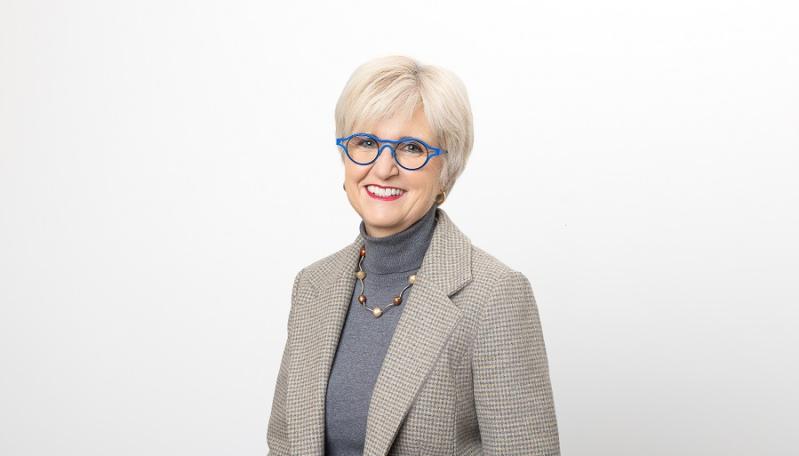And it threatens our health, wealth and well-being.
Imagine starting your career full of promise, only to be silenced, sidelined, or made ill by unwanted sexual behaviour. This is the reality for millions of women across Europe.
The biggest EU-wide survey on violence against women, from Eurostat, FRA and EIGE, capturing the lived experiences of almost 115,000 women, shows that 31% of working women have experienced sexual harassment at work, rising alarmingly to 42% among young women aged 18 to 29.
As we mark EU Diversity Month with its focus on health and wellbeing at work, it is urgent to confront the uncomfortable truth: sexual harassment is more common than we think.
The hidden crisis: why perception does not match reality
According to the EU gender-based violence survey, 75% of ever-working women believe that sexual harassment is uncommon.
Yet evidence from the same research paints a different, darker picture. Sexual harassment spans the offline and online world. It’s not uncommon, it occurs behind closed doors, at after-work social gatherings, on business trips, off-site events, or in digital spaces, through social media, messaging apps, or emails.
While most women experience sexual harassment at work in person, 7 % of women do so through social media messaging apps, rising to 13.5% for women in the age group 18 to 29.
Its effects are no less damaging for it often being invisible to employers and colleagues.
“This is both a workplace safety issue and, because it predominantly affects women, a gender equality issue. Sexual harassment is a deep, ongoing threat to women’s health, equal rights and dignity,” says Carlien Scheele, Director of EIGE.
“It demands urgent, united action across Europe.”
“Sexual harassment at work is an important issue,” agrees William Cockburn, Executive Director of the European Agency for Safety and Health at Work (EU-OSHA).
“We see in the figures that more and more absences are mental health-related, with harassment accounting for a significant proportion of that.”
The effects can be profound: depression, anxiety, post-traumatic stress disorder, and disrupted sleep patterns are just some of the personal consequences.
"Work is a place where we spend a lot of hours of our life. It should be free from all forms of psychosocial risks, including violence, bullying and harassment," says William.
The legal and practical imperative
Sexual harassment is not just a workplace issue; it is a human rights violation, notes Sirpa Rautio, Director of the EU Agency for Fundamental Rights (FRA). FRA ran the first-ever EU wide violence against women survey in 2014.
“More than a decade ago, sexual harassment was already a widespread reality for women in the workplace. Especially for those in management and young women starting their careers. Yet, the latest EU data show little has changed,” she says.
“Sexual harassment at work remains a serious violation of women's fundamental rights, with lasting impacts on their health and wellbeing.
“Employers have a legal duty to ensure safe, respectful workplaces. Awareness alone is not enough, concrete, sustained action is long overdue.”
“Sexual harassment rarely exists in isolation. For many women, it overlaps with other forms of violence — from domestic abuse to cyberviolence — reinforcing cycles of fear, shame silence and harm,” adds Carlien.
“The consequences are lasting and far-reaching, damaging mental health, derailing careers and undermining gender equality at its core.”
Employers are legally bound to act. Although the 2002 Equal Treatment Directive introduces the definition of sexual harassment at work, it’s under the EU Directive 2006/54/EC on Equal Treatment, that employers are required to prevent psychosocial risks, including sexual harassment.
Recognising the fact that sexual harassment at work has significant consequences, both for the victims and their employers, newer legal instruments, like the EU Directive 2024/1385 on Combating Violence Against Women and Domestic Violence further reinforce the obligation to support victims and train supervisors, where sexual harassment at work is criminalised under national law.
Additionally, the 2019 ILO Convention No. 190 on the Elimination of violence and harassment in the world of work, ratified now by 10 EU Member States, sets a zero-tolerance standard to sexual harassment at work, guarantees protection for all victims, no matter how they were hired and adds new social rights for women employees who suffer domestic violence.
Economic impact that can’t be ignored
Eurostat, FRA and EIGE’s joint work with and on the EU Gender Based Violence Survey shows the scale of violence against women, of which workplace sexual harassment is a significant part.
Work-related psychosocial risks, including sexual harassment, put a huge financial burden on the European Union as a whole, including lost workdays, healthcare and other indirect costs.
In 2013, a European Commission report estimated these costs at €617 billion a year in the EU, including €273 billion due to absenteeism and presenteeism, and €242 billion from lost productivity.
"When you have a tight labour market, as we have now, you don't want to lose a proportion of your labour force to long-term absences,” says EU-OSHA’s Executive Director.
“It makes smart business sense to deal with this. There's a strong argument, from an economic and productivity perspective, but we must never lose sight of the personal impact and workers’ right to a safe and healthy work environment.
“These experiences can stay with people for life. It's a crisis in human terms."
Creating change: prevention, reporting and support
Preventing harassment requires more than just policy, it demands leadership and commitment to cultural change in the workplace.
EU-OSHA provides key resources, such as the OiRA online risk assessment tools and OSHwiki articles, to guide businesses through risk prevention
- Practical measures businesses are encouraged to implement include:
- Zero-tolerance policies actively supported by management
- Regular training for all staff and specific guidance for supervisors
- Confidential counselling services and independent grievance committees
- Clear procedures to report incidents without fear of retaliation
- Updates to workplace policies to also tackle online harassment, such as trolling, sexting or cyberstalking
Meanwhile, EIGE’s toolkit on Sexism At Work offers practical advice on how to stop sexual harassment, especially in the EU institutions.
We all have a shared responsibility to act. Gender-sensitive and victim-centred measures are needed to help victims understand their rights, make them feel comfortable to report incidents or seek support.
Those witnessing sexual harassment must not stay silent. Intervene, support affected colleagues and alert management to unacceptable behaviour.
Management and HR teams should take the lead. Enforce robust policies and foster a respectful, inclusive culture where dignity at work is non-negotiable.
Turning awareness into action
Preventing sexual harassment is a moral imperative. It is about creating democratic, just workplaces where women and men can equally thrive.
EU-OSHA’s Executive Director sums it up: “There is a strong economic argument, as well as a moral argument.”
Through collective effort by individuals and institutions, we can turn this crisis into a catalyst for change.
EU agencies like EIGE, FRA and EU-OSHA, together with national equality bodies, trade unions and employers, stand ready to support your journey towards safe and respectful workplaces.




